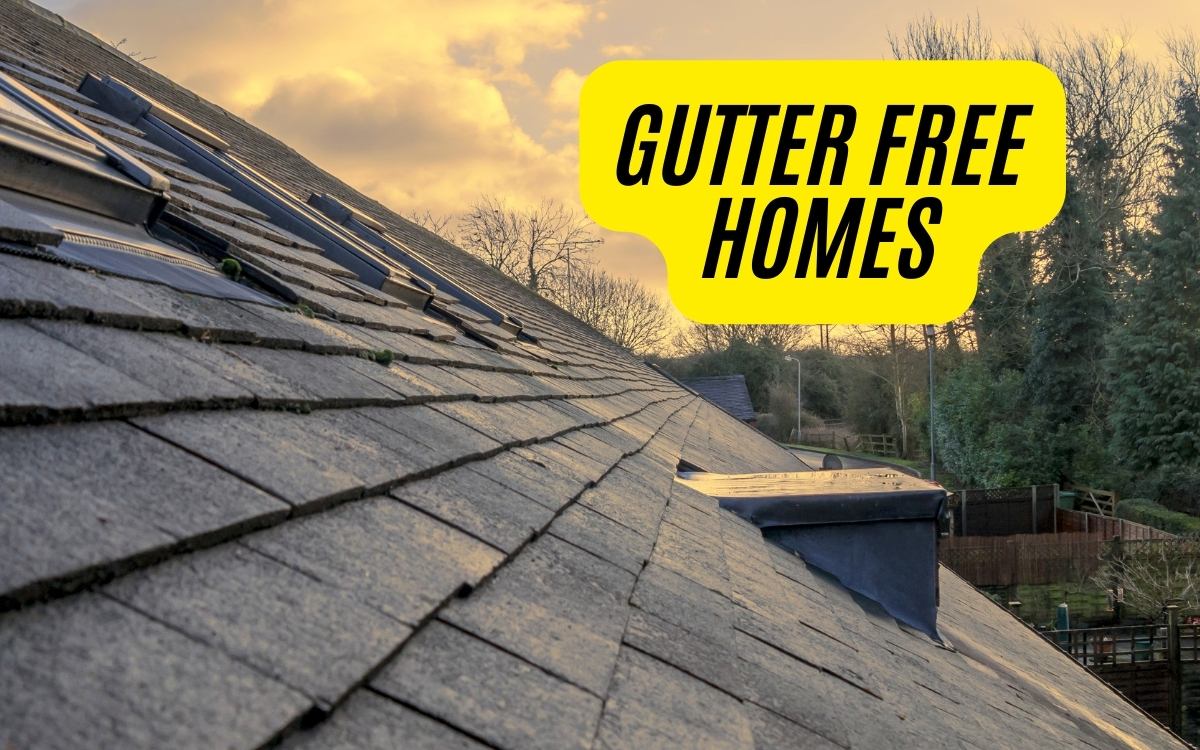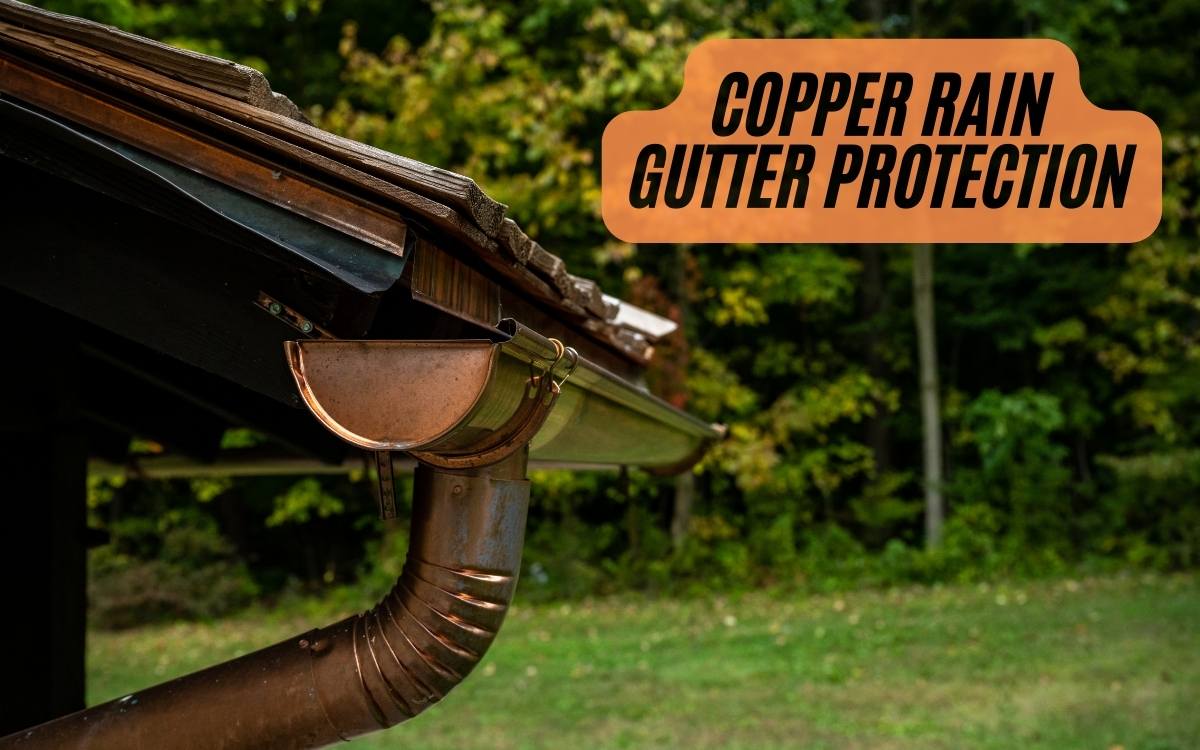INSULATION’S SECRET TO CUTTING ENERGY BILLS
Proper insulation is the secret to cutting energy bills, as it reduces heat loss in winter and heat gain in summer, resulting in lower energy bills and a more comfortable living space. To achieve this, making the right choice is crucial to select the right insulation material and install it correctly, considering factors like climate, region, and local codes. With a range of insulation materials available, each with its own R-value, homeowners must understand the importance of R-value and how to match it to their specific needs. By making informed decisions about insulation, homeowners can tap into significant energy savings and a more comfortable living environment, and exploring further reveals the full extent of its benefits.
Insulation Requirements by Region
In colder climates, a minimum of R-49 attic insulation is recommended, equivalent to 16 inches of fiberglass insulation, to effectively reduce heat loss and energy bills.
This level of insulation helps to maintain a comfortable living space while minimizing the financial burden of energy consumption.
In warmer climates, a minimum of R-38 attic insulation is suggested, equivalent to at least 12 inches of fiberglass insulation.
For walls, fiberglass batts typically range from R-11 to R-15, while spray-foam insulation can reach R-14 to R-28.
Comparing Insulation R-Values
When selecting insulation materials, understanding the R-value per inch is crucial to making an informed decision.
This metric measures the material's ability to resist heat flow, with higher values indicating better performance.
Comparative R-values for various insulation types reveal significant differences.
Fiberglass, for instance, ranges from 2.2 to 3.8 per inch, while cellulose and stone wool offer slightly higher values.
Polyisocyanurate foam, however, boasts an impressive 5.6 to 8.0 per inch.
Proper Installation Techniques
Selecting the right insulation material is only half the battle; proper installation techniques are equally essential to realizing the material's full potential.
Improper installation can lead to reduced effectiveness, and even create new problems such as moisture issues or air leaks. To avoid these pitfalls, it's vital to follow best practices.
Wear protective gear, including gloves, goggles, and a mask or respirator, to guarantee a safe installation process. Cut batts to fit snugly between ceiling joists, and use faced insulation with the vapor barrier facing the living space in attics.
Additionally, consider factors like venting and moisture control when installing floor insulation. By following these guidelines, homeowners can guarantee their insulation works efficiently, reducing energy bills and creating a more comfortable living space.
Understanding R-Value Importance
A home's insulation is only as effective as its R-value, which measures the material's ability to resist heat flow.
Understanding R-value importance is vital for homeowners seeking to cut energy bills and enhance comfort. R-value represents the material's thermal resistance, with higher values indicating better heat flow resistance.
Insulation materials vary in R-value per inch, with spray foam and rigid foam boards offering the highest values.
Matching R-values to climate and local codes is essential, as under-insulation can lead to energy waste and discomfort.
Insulation Myths and Misconceptions
While prioritizing R-value is vital for effective insulation, misconceptions about insulation can hinder homeowners from achieving peak energy efficiency.
Many homeowners believe that insulation is only necessary for new constructions, when in fact, it can be added to existing homes as well.
Another misconception is that insulation is a one-time task, when in reality, it requires regular maintenance to achieve top-notch performance.
1. Myth: Insulation is only necessary for cold climates.
Reality: Insulation is essential for all climates, as it helps regulate temperature and reduce energy consumption.
2. Myth: Insulation is a DIY-friendly task.
Reality: While some insulation tasks can be DIY-friendly, professional installation is often necessary for prime results.
3. Myth: Insulation is a one-size-fits-all solution.
Reality: Insulation requirements vary depending on climate, region, and specific home needs.
Frequently Asked Questions
Can Insulation Be Installed in Existing Homes Without Major Renovations?
Yes, insulation can be installed in existing homes without major renovations. Options include adding insulation to attics, walls, and floors through blown-in or batt installations, which can be done with minimal disruption to daily life.
How Does Insulation Impact Indoor Air Quality and Moisture Levels?
Proper insulation installation is vital for maintaining ideal indoor air quality and moisture levels, as it prevents air leaks, reduces moisture accumulation, and minimizes the growth of mold and mildew, thereby creating a healthier and more comfortable living space.
Are There Any Eco-Friendly or Sustainable Insulation Options Available?
Eco-friendly insulation options include recycled denim, wool, and plant-based materials like hemp and bamboo, offering sustainable alternatives to traditional fiberglass and foam products, while maintaining effective R-values and promoting environmentally responsible construction practices.
Can Insulation Be Used in Conjunction With Radiant Barrier Systems?
Radiant barrier systems can be effectively combined with insulation to maximize energy efficiency, as they work synergistically to reduce heat gain in summer and heat loss in winter, leading to ideal energy savings and a more comfortable living space.
Do Local Building Codes Supersede Recommended Insulation R-Values?
Local building codes often supersede recommended insulation R-values, as they are tailored to regional climate and construction requirements, providing a minimum standard for energy efficiency and building safety.



